Japan offers an incredible juxtaposition of modern technology alongside ancient temples and traditions. It is also one of the world’s safest countries, making it an ideal travel destination. The frenetic energy of bustling Tokyo, with more Michelin star restaurants than anywhere else on Earth, dazzles both the eyes and palate. For over 1,000 years Kyoto was the capital of Japan (from 794-1868) and still reigns as the traditional heart of the country. Kyoto features a staggering 17 UNESCO World Heritage Sites.
If you take a two-week vacation, you will have around 12 days to explore Japan. This 12 day Japan itinerary covers a variety of significant highlights in Tokyo, Kyoto, Osaka and the resort town of Hakone near Mt Fuji. This is an ideal itinerary for experiencing the cultural highlights of Japan, including a wellness escape!
Tokyo – 4 Days
Tokyo Airports – Arriving in Tokyo
Metropolitan Tokyo is the world’s largest city, with a staggering 37 million people! This is an exciting entry point for most visitors to Japan. Two airports serve Tokyo – Narita and Haneda. I flew into Narita Airport and out of Haneda Airport to the USA. Narita Airport is further from Tokyo but is served by a high-speed train.
I was curious to fly in and out of both airports and the times worked well to do that. The only downside to that is having to figure out one more thing during your journey. If you’re more the routine type, pick one of the airports to fly in and out of if you have the choice. That way, you have one less thing to worry about for your Japan itinerary.
Japan for Couples or Solo Travel
I traveled to Japan solo, en route to Australia last year. Bell had limited time to only visit her home country of Australia. Also, she previously traveled around Japan solo, in 2003, before we were together. So traveling around Japan was not as much of a priority for her compared to places she has not visited yet. But for me, traveling to Japan was really high on my travel list, and I had more time. So a solo trip worked out well for both of us. Anyways, the tips below are suitable for both couples and solo travel!
Tokyo Highlights: 12 Day Japan Itinerary
Asakusa
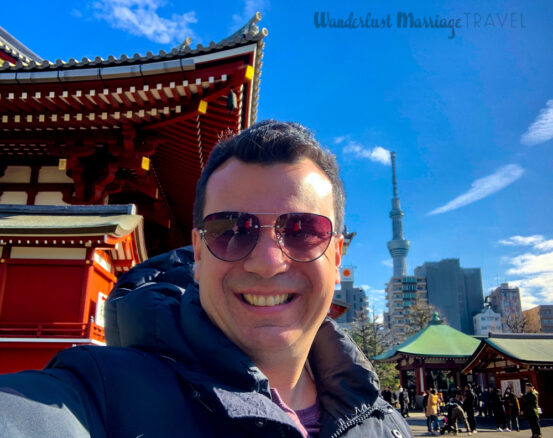
Asakusa is a traditional neighborhood famous for the Senso-Ji Temple. The Buddhist temple is dedicated to the bodhisattva Kannon and is considered the most important temple in Tokyo. The neighborhood is also wonderful for its variety of small stalls selling street food ranging from fried fish to sweet treats. It is generally considered impolite to eat while walking in Japan (partly because of how crowded it can be), but is socially acceptable in areas like Asukusa, where street food is sold. A visit to Asakusa is a must on a Japan itinerary. This is the favorite district of many that visit Tokyo.
Tokyo Imperial Palace
Built in 1457, Tokyo Imperial Palace is home to Japan’s royal family. It is located in the center of Tokyo, a short walk from Tokyo Station. The large park is surrounded by massive stone walls and moats. 75 minute tours in English and Japanese are conducted on the palace grounds. You can book a tour on the Imperial Household Agency website. Plan to book tours in advance, though same day tours are possible.
The inner grounds of the Imperial Palace are closed to the public except for January 2nd (New Year’s Greeting) and February 23rd (Emperor’s Birthday).
The Imperial Palace East Gardens are open to the public throughout the year. I did not book a tour time and enjoyed the gardens, bridges and centuries old architecture along with throngs of other visitors.
Tokyo Skytree
Tokyo Skytree is the tallest building in Japan. At 634 meters (2080 feet), it is also the world’s tallest tower and second tallest structure after the Burj Khalifa in Dubai. There are two observation decks on Tokyo Skytree – at 350 meters and 450 meters. The tower is open from 9am-9pm 365 days a year. It is one of the most popular tourist attractions in Japan so it’s often busy. Book tickets in advance to save time!
In the above photo you can also see the golden flame atop the Asahi Group Head Office Building. Some jokingly call it the “Golden Turd.” What do you think?
Ueno Park
Ueno Park is home to many museums and temples. It features beautiful cherry blossoms in the spring and colorful foliage in autumn. It is one of Japan’s five oldest public parks and was probably my favorite park in Tokyo for strolling and admiring the scenery. I was captivated by the vibrant foliage and people watching in Ueno Park. You can also plan a visit to Ueno Zoo and admission is just 600 yen ($6 USD).
Akihabara
Along with Asakusa, Ginza, Shinjuku and Shibuya, Akihabara is one of the most interesting districts of Tokyo to visit. It is famous for its electronics retailers, ranging from large department stores to tiny stalls. This is also the cultural epicenter of manga, anime and video games. For the uninitiated like myself, stepping into a manga retailer is like exploring another universe.
The maid cafes in Akihabara are a unique spectacle. Maid cafes are where adorably dressed girls serve food and perform on stage in maid outfits. You can’t miss them as the girls stand out front handing out fliers. Do not expect an amazing culinary experience at a maid cafe. But it is a quintessentially kitsch Japanese tourist experience.
Plan to spend a few hours in Akihabara as it is one of the most unique districts in the world. It is likely you will stumble upon things you have never seen before.
Tokyo Tower
At 330 meters, Tokyo Tower is the second largest building in Japan. The Eiffel Tower inspired lattice tower serves as an observation deck and communications tower. Tokyo Tower offers sweeping vistas across the world’s largest city. I appreciated that there was no line to take the elevator to the 150 meter observation deck on the mid-December weekday morning I visited. There is always a line to go up the Eiffel Tower in Paris! There is a second observation deck at 250 meters, offering an even higher birds eye view.
Zojoji Temple
Across the street from Tokyo Tower is the impressive Zojoji Temple. It is the main temple of the Jōdo-shū Chinzei sect of Buddhism in the Kantō region. The temple complex houses the tombs of six Tokugawa shoguns. It is just a 5 minute walk from Tokyo Tower and a 10 minute walk from Hamamatsucho Station. The gardens are impressive to stroll, and I was surprised to see such vibrant autumn foliage the second week of December. Plan to visit Tokyo Tower and Zojoji Temple the same day. Keep backtracking to a minimum during your Japan itinerary, as Tokyo especially is a massive city.
Ginza
Ginza is Tokyo’s most famous high end shopping, dining and entertainment district. The area is packed with luxury retailers, along with swanky cocktail and sushi bars. Traditional Japanese dance and drama can be watched at the famed Kabuki-za theater. Most shops in Ginza are open everyday. A particularly pleasant time to visit is weekend afternoons when central Chuo Dori closes off to cars and becomes a large pedestrian zone.
Shinjuku
Fun fact: 2 million passengers pass through Shinjuku Railway Station each day, making it the world’s busiest train station. Visit one of the observation decks atop the Tokyo Metropolitan Building. The 243 meter tall building has two towers, each houses a free observation deck at 202 meters. On a clear day you can see Mt Fuji, Tokyo Skytree, Tokyo Tower, Meiji Shrine and the Tokyo Dome.
Shinjuku bustles with night clubs, karaoke rooms and endless shopping options. Enjoy dishes like tempura at a lively izakaya, where locals dine and catch up over beers, cocktails and sake.
Shinjuku is also home to Tokyo’s Red Light District. Unfortunately, many of the strip clubs that cater to foreigners are run by the Yakuza (Japanese mafia) and are not reputable establishments. Check google reviews before going into any of the girly clubs in Shinjuku. Do not go into any of the clubs where people try to pull you in off the street. You will get ripped off. This makes Shinjuku the most unsafe district of Tokyo – but if you stay out of the shady sex clubs and use common sense regarding personal belongings, it’s fine to walk around the district.
Shibuya
Want to witness the busiest pedestrian crossing in the world? Head to the Shibuya Crossing. Every time the street lights change around 2,000 people cross the street simultaneously. You will also find a wide variety of shops and good restaurants in Shibuya. If you’re short on time, pop into a ramen restaurant for a fast and delicious bowl of piping hot noodle soup. You can even hang out in a cat cafe, playing with adorable kittens while sipping a latte. Plan to spend a few hours of your Japan itinerary in this interesting district of Tokyo.
Delicious Sushi Throughout Tokyo
There are so many culinary delights in Tokyo, but be sure to enjoy the excellent sushi. There are so many great options so just check reviews to be sure. Conveyor belt sushi establishments have become popular around Tokyo. They typically don’t serve the highest quality sushi, but they’re good and very handy if you just want a quick and inexpensive bite. Check the colors of the plates carefully if you don’t want to spend too much. For example, you may think a plate is white, but it is actually a more expensive pale blue or pink plate. Very sneaky!
Even Japanese 7-Eleven’s sell tasty packaged sushi rolls and salads. The options are healthier and tastier than American 7-Eleven’s. Several days I just wanted a quick lunch to continue exploring an infinitely fascinating city, and 7-Eleven sushi rolls fit the bill.
Tokyo Hotels
Luxury
Shangri-La Hotel Tokyo is an excellent choice for a luxury stay. Elegant and spacious rooms feature floor-to-ceiling windows with city or bay views overlooking the Imperial Palace, Tokyo Sky Tree and Mount Fuji on clear days. Along with a 50 foot heated pool, their onsite spa, CHI, offers a range of treatments and relaxing massages. Onsite restaurants include Nadaman, serving fine Japanese cuisine and sushi and the elegant Piacere, serving gourmet Italian food. It is conveniently located right next to the JR Tokyo Station.
The Strings by Intercontinental is another great choice for a luxury stay in Tokyo. Rooms at The Strings showcase tasteful Japanese design, with large windows that offer panoramic skyline views. China Shadow Restaurant serves authentic Chinese dishes with 26th-floor views. Their elegant Dining Room serves international fusion fare. The adjacent offers easy access to Shinkansen bullet trains to Osaka. Local trains on the Yamanote Line run directly to the Shibuya and Shinjuku areas in around 20 minutes. The Airport directly from Narita International Airport, taking around 90-minutes.
Mid-Range
Park Hotel Tokyo is a comfortable choice that won’t break your budget. Guests can enjoy sweeping views of the world’s largest city over a drink from the mini-bar. Shinbashi Train Station is just 1,000 feet away, conveniently connecting you to the rest of the city. The hotel offers 6 food and beverage options, including French and Japanese cuisines. A lounge, cafe and bar are also located on-site. Park Hotel Tokyo is close to Hamarikyu Gardens, Tsukiji Fish Market and the Ginza shopping area.
Budget
Japan is famous for its luxury cabin and capsule hotels, that sometimes include traditional onsens. They make for especially great value for solo travelers. Read my article on what to expect at cabin and capsule hotels in Japan, ranging from budget to mid-range.
First Cabin Shinbashi Atagoyama
First Cabin Shinbashi Atagoyama is excellent value for a cabin stay in Tokyo. Upon arriving in Tokyo, I spent my first three nights there and found it ultra modern, comfortable and welcoming. Many amenities, like toothpaste and toothbrush packets, hair brushes, cotton swabs, soap and shampoo are provided in small bins in the bathrooms.
There are separate cabin floors for males and females, so mixed couples will not sleep on the same floor. But they have a cozy lounge, open to everyone, to enjoy a meal or a drink together. It is excellent value starting at around ¥3,600 ($35 USD) per night. It is perfect for those that want to save money, while sleeping comfortably during their Japan itinerary.
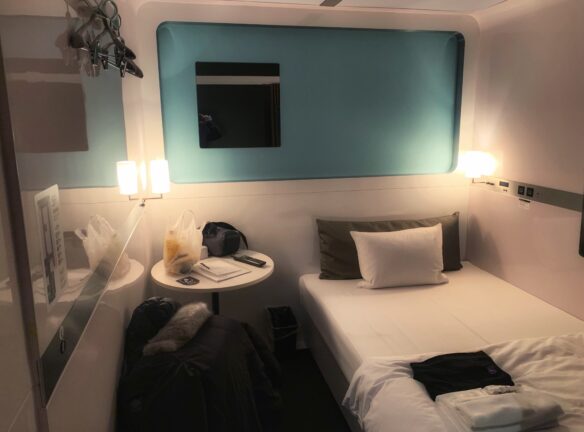
Global Hotel Tokyo
The Global Hotel Tokyo has 74 capsule rooms that are fitted with all the necessities for a comfortable budget stay. While the capsule rooms are small in comparison to first class cabins or premium capsules, they’re cozy. Capsules feature free WiFi, and amenities like toothbrushes and toothpaste and soaps. Rooms are around ¥3,500 ($34 USD) a night.
Global Hotel Tokyo offers an ideal location for exploring Tokyo. It’s a 5 minute walk from the Shin-Okubo Railway Station on the Yamanote Line in Shinjuku. The Yamanote line is Tokyo’s circular line so you can easily visit places in the world’s biggest city with a stay there. It’s also a close walk to Kabukicho entertainment district and 20 minutes to Shinjuku train station, the world’s busiest train station.
Kyoto – 4 Days
Kyoto is smaller than Tokyo and Osaka, but the greater area is still home to 2.6 million people. It is the traditional heart of Japan, with a staggering 17 UNESCO World Heritage Sites! You need time to experience Kyoto, also because the worthwhile temples and palaces are quite spread out. If you only visit two cities in Japan, fly into Tokyo and then catch the bullet train to Kyoto. It is an absolute must on a Japan itinerary.
Kyoto Highlights
Fushimi Inari-taisha Shrine and the Torii Gates
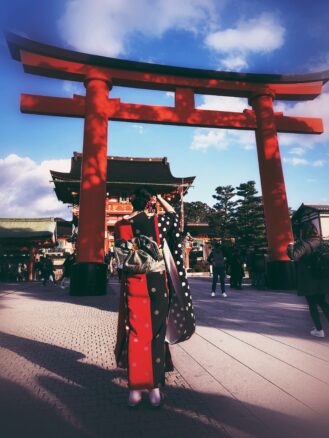
One of the most iconic images of Japan are the Torii gates at the Fushimi Inari-taisha Shrine in Kyoto. The important Shinto shrine is located just outside Kyoto, and can be easily reached on a short train ride. Thousands of vermilion Torii gates line a network of trails that zig zag up the mountain. Traditional teahouses and small shrines dot the trails. And the hike offers a refreshing reprieve from the congested crowds of densely packed Japanese cities. This is one of the 17 UNESCO World Heritage Sites in Kyoto.
Gion, Kyoto’s traditional neighborhood
Dotted with wooden buildings, Gion is Kyoto’s most famous neighborhood. There is a great range of traditional Japanese restaurants, teahouses and bars along alleyways and side streets. This is also the best place in Japan to spot a geisha making her way to an appointment. Gion exemplifies a traditional Japanese urban neighborhood splintered from towering modern high rise buildings. I visited this district on a quiet mid-January day. During peak tourism season, it can be crowded. Gion is a significant highlight of a Japan itinerary!
Kinkaku-Ji (Golden Pavilion)
The Golden Pavilion of Kinkaku-Ji is a unique Zen Buddhist Temple. Tucked away in the northwest quadrant of Kyoto, this UNESCO World Heritage Site is a must see in Kyoto. The top two floors of Kinkaku-Ji are completely covered in golf leaf. Its picturesque lakeside setting conjures images of a Japanese Shangri-La. I visited Kinkaku-Ji on a misty mid-January day and there were still quite a few other tourists. Try and avoid going during busy summer weekends!
Nijō Castle
Nijō Castle was built in 1679 and is one of the 17 UNESCO World Heritage Sites in Kyoto. The Ninomaru Palace, ruins of the Honmaru Palace, along with supporting buildings and gardens span 275,000 square meters (68 acres). The castle consists of two concentric rings of fortifications, each made up with a wall and wide moat. While the area is vast, many of the buildings are closed to the public. Plan to a couple hours at Nijō Castle, as that will give you enough time to walk the grounds and take photos.
Kiyomizu-dera Temple
Kiyomizu-dera Temple is a Buddhist temple in Eastern Kyoto. Built to the honor the Kannon, the goddess of mercy, this is one of the most visited temples in Kyoto. It dates to 780 and its mountaintop location offers great views of Kyoto. Kiyomizu-dera Temple is one of the 17 UNESCO World Heritage Sites in Kyoto.
Kyoto Hotels
Luxury
The 5-star Ritz-Carlton Kyoto is located along the Kamogawa River, showcasing iconic Kyoto views. Featuring traditional Kyoto decor, elegant guest rooms are fitted with a large flat-screen TV, Blu-ray player and a Nespresso coffee maker. Mizuki restaurant offers Japanese kaiseki multi-course meals and sushi. Other on-site dining options include Italian and French. Nijo-jo Castle, a UNESCO World Heritage Site, is a 3-minute subway ride from Ritz-Carlton Kyoto.
The Hyatt Regency Kyoto offers a luxury stay at a more affordable price than the Ritz-Carlton. Elegant rooms are decorated in light natural tones, and furnished with a 32-inch plasma TV, DVD player and safe. A mini-bar, nightwear and slippers are provided. Guests can pamper themselves with shiatsu massage, acupuncture, aromatherapy and other treatments at Riraku Spa. There are three onsite restaurants; The Grill, offers French grill dishes, Touzan serves Japanese cuisine and Trattoria Sette has Italian food. The Hyatt also has a bar, pastry shop and room service.
Mid-Range
Tune Stay Kyoto is a great choice for a comfortable and well priced stay. The newly built modern hotel features an expansive library, common area and bar serving boutique Japanese spirits. Rooms have modern private bathrooms, TV, air conditioning and comfortable mattresses for a restful night’s sleep. I enjoyed my stay there!
Budget
WeBase Kyoto offers a clean budget stay in Kyoto. You can book dorm and private rooms. Continental and à la carte breakfast options are available each morning at the hostel.
Osaka – 2 Days
Greater Osaka is home to around 8.8 million people and is Japan’s 3rd largest city. For most travelers with limited time, do not attempt to see all the sites. It is best to focus on the Dontonburi district. This area runs along the Dotonbori canal from Nipponbashi Bridge to Dotonboribashi Bridge in the Namba district of Osaka’s Chuo ward.
Osaka is worth visiting, but many travelers, including myself, commonly say “I liked Osaka, but I preferred Tokyo and Kyoto.” I spent 3 days in Osaka, but wish I had spent 2 days there, and an extra day in Kyoto. So I factored that into this 12 day Japan itinerary for you!
Highlights of Osaka
Osaka Castle
Osaka Castle played a major role in the unification of Japan during the sixteenth century. This makes it one of Japan’s most famous landmarks and culturally, the most significant highlight in Osaka. Osaka Castle was built in 1583 and spans 2 square kilometers of beautiful architecture and green park space. The museum in the Main Tower documents the history and features great artifacts. If you visit one place outside the Dotonburi district of Osaka, you have to go there.
Dōtonbori
Dōtonbori (or Dōtombori), located in the Namba district of the city’s Chuo ward, is one of the highlights of a visit to Osaka, Japan. The district runs along the Dōtonbori canal from Dōtonboribashi Bridge to Nipponbashi Bridge. This area offers a huge selection of restaurants, bars, cafes, shops and markets.
You can enjoy everything from swanky Kobe beef steak to Takoyaki (octopus balls) fried fresh in a variety of street stalls along Dōtonbori canal. Check reviews carefully if you sit down for Kobe beef, as it is extremely expensive and there are some tourist traps in Dōtonbori. Takoyaki is a local specialty that originated in Osaka. It is inexpensive Japanese fast food and well worth trying.
The selection of restaurants, street stalls and market food options in Dōtonbori is overwhelming. It would take well over a year of meals to try every establishment just in this district of Osaka.
Another Osaka born favorite you have to try is Okonomiyaki. It is a savory Japanese pancake made with flour, eggs, shredded cabbage, and your choice of a wide variety of protein and condiments. The name derives from the words okonomi, meaning “how you like,” and yaki meaning “cooked.”
Osaka Hotels
Luxury
Conrad Osaka offers stunning views of Osaka in their modern and luxurious rooms. Spacious guest rooms include a flat-screen TV with satellite channels and mini-bar. Featuring various spa and wellness facilities on site, the hotel also has a heated indoor pool. Four on-site dining options include European, Asian fusion and Japanese. Enjoy a tasty cocktail atop their stylish 40 Sky Bar and Lounge.
Mid-Range
Tokyo Stay Osaka Hommachi makes for a comfortable stay, with city views, that won’t break the bank. Buffet and Asian breakfast options are available each morning. The hotel is located a short distance from attractions such as Namba Shrine, Asahi Seimei Hall, Shinsaibashi Shopping Arcade and Hongan-ji Temple Tsumura Betsuin.
Budget
Hotel Cargo Shinsaibashi is an excellent premium capsule hotel in Osaka, Japan. If you want a comfortable stay that doesn’t break the bank, stay there. It’s only around a 20 minute walk to the Dotonbori district, the most interesting area of Osaka for tourists.
Luxury capsule rooms start at are around ¥3,500 ($34 USD) per night. Capsule rooms include 24 inch TV’s with free on-demand channels. A public bath and open-air bath are available in addition to shared private showers on each floor. And of course, there are the famous multi-function high-tech toilets with warm seats!
Hakone (Near Mt Fuji) – 2 Days
Hakone is a vacation destination located just 55 miles (88km) southwest of Tokyo in the Fuji-Hakone-Izu National Park. It is known for its many ryokans, traditional Japanese inns, renowned for the ultimate zen experience. They typically offer comfortable rooms, traditional kaiseki dining, mineral baths (onsen) and world class customer service. Visitors should definitely plan to stay in a ryokan for a portion of their 12 day Japan itinerary. Read my article on What to Expect at a Ryokan in Hakone.
Hakone Highlights
Mt Fuji
On a clear day, you can see Mt Fuji from Tokyo, from certain vantage points. But you are much closer to the famous volcanic mountain in Hakone!
Catch the Hakone Ropeway cable car for epic views of Mount Fuji. The Owakudani stop offers the most dramatic views of Mount Fuji. You also get a great glimpse of volcanic activity in the area.
On a clear day you can see Mt Fuji from the Hakone Sightseeing Cruise across Lake Ashi. You also get wonderful views of the torii gates and shinto shrines that dot the lake. You can take the 25-minute sightseeing cruise one way, or roundtrip.
Onsen (Mineral Spa)
Hakone sits atop 40 hot mineral springs. So the town’s resorts feature onsen, with indoor and outdoor mineral pools. They are a great reprieve after a long international flight and navigating the huge crowds of large Japanese cities. It is also a great part of the cultural experience.
Kaseiki Dining
Kaiseki dining is high-end multi-course Japanese cuisine, similar to western haute cuisine. There is an emphasis on seasonality, freshness and excellent presentation. It typically consists of around 9 courses of small dishes, with various meats, seafood and vegetables. It is very detail-oriented and the food dazzles the eyes and palate.
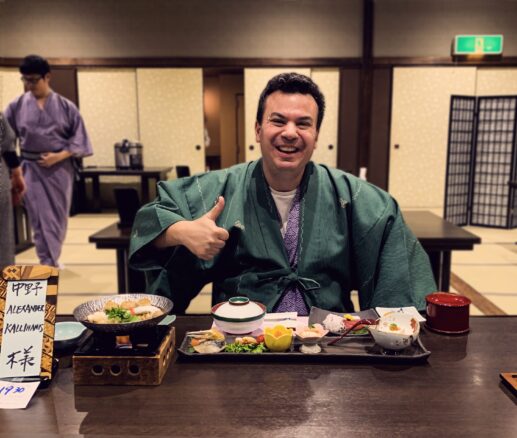
You can enjoy traditional Kaiseki dining elsewhere in Japan, but it is nice to do in a resort town. Slip on the yukata (casual komono) and slippers provided in your room and head down to the dining room for a culinary feast. The kaseiki dinner I enjoyed in Hakone was probably the best $34 USD I have ever spent on a meal.
Hakone Hotels
Luxury
Hotel Musashiya is one of the best ryokans to stay in Hakone. Their hot spring baths look right out at picturesque Lake Ashi. Every room is fitted with tatami (woven-straw) flooring and traditional futon beds. Rooms are also equipped with refrigerators, TV and an electric kettle.
Hakone Airu is another of the best ryokans to stay in Hakone. Rooms have balconies with lovely mountain views. They also have air conditioning and satellite TV’s. Guests can choose between a western or Asian breakfast. Traditional kaiseki multi-course meals are served at dinner.
Mid-Range
Mount View Hakone is a charming moderately priced traditional Japanese inn with onsen. Unlimited use of the onsen is included in the price. Dining is a la carte. I liked that concept because during my two-night stay, I enjoyed a lavish kaiseki dinner and breakfast the first day. Then I dined at some of the local izakayas (casual Japanese bar-restaurants) for ramen and katsu for other meals. From around ¥10,300 ($100 USD) a night per person in off-season, Mount View Hakone is the best value ryokan near Mount Fuji. During busy times like summer and holidays, expect to pay higher prices. I really enjoyed my two-night stay there! It was the most relaxing part of my 12 day Japan itinerary.
Budget
Emblem Flow is a stylish hostel in Hakone. This is a great choice for backpackers looking for a ryokan experience on a budget. The hostel offers 4 and 6 bed bunk rooms, along with private rooms. The property features a hot mineral bath. Continental breakfasts are served in the mornings.
12 Day Japan Itinerary Recap
Tokyo is the world’s largest city and an exciting gateway to the nation. You need at least four days in Tokyo just to see a fraction of the highlights. Kyoto’s 17 UNESCO World Heritage Sites are spread out, so you should also allow yourself four days to explore the traditional heart of the country. Some consider Osaka the culinary heart of Japan (but you will find equally fantastic food in Tokyo and Kyoto). Plan for just a couple days in Osaka to get a taste.
Enjoy a couple days in Hakone, at the foot of volcanic Mt. Fuji for a relaxing reprieve from the crowds. Hakone is dotted with traditional Japanese inns (ryokans) with spas (onsen) and Japanese haute cusine (kaseiki). Hakone also offers spectacular views of Mt Fuji!
And voila, there is a great 12 day itinerary for Japan that won’t leave you running around too frantically. If you have questions about planning a trip to Japan, leave a comment below or email me at alex(at)wanderlustmarriage.com. I can even help you save money on your trip!
Disclosure: This 12 day Japan itinerary article contains some affiliate links. We earn a small commission when you book travel directly through them. Thank you for supporting independent travel journalism!

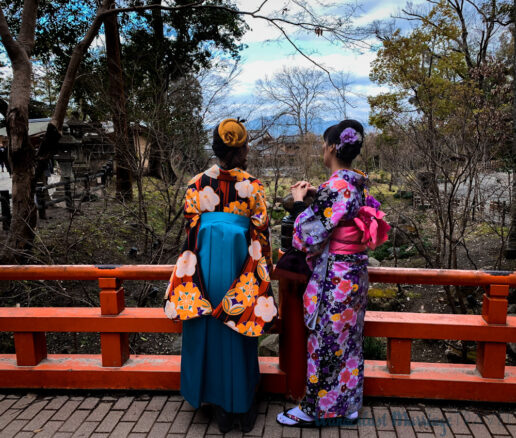
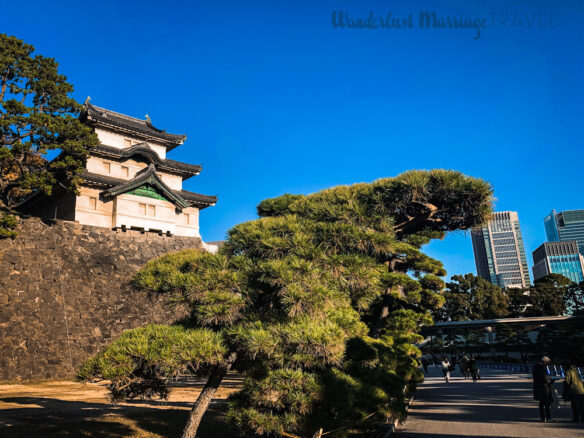
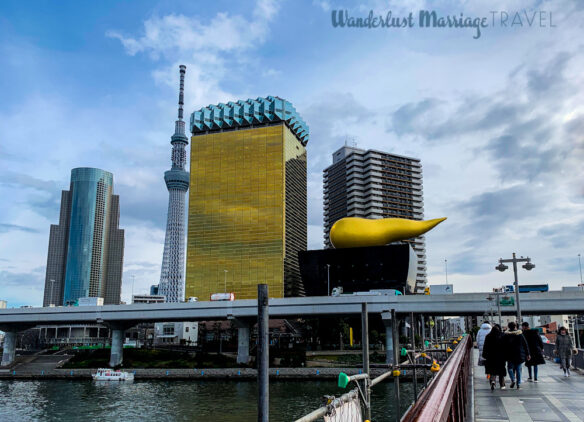
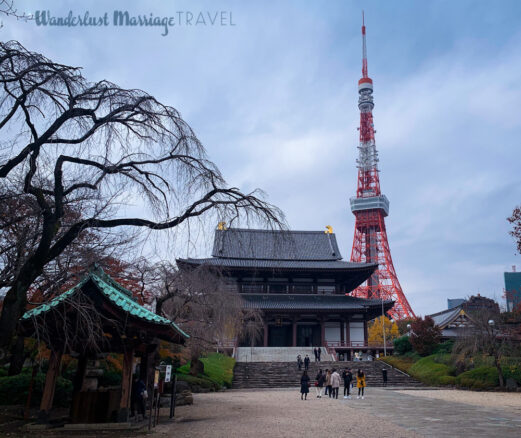
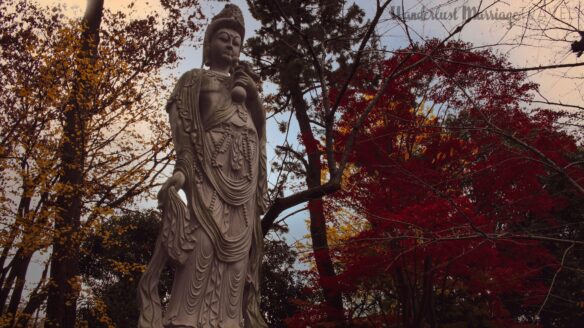
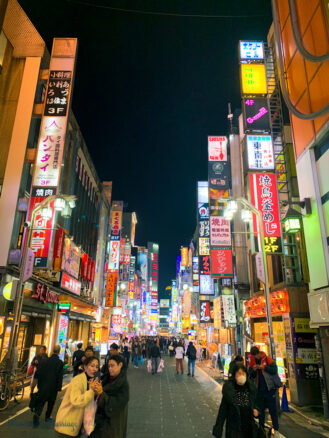
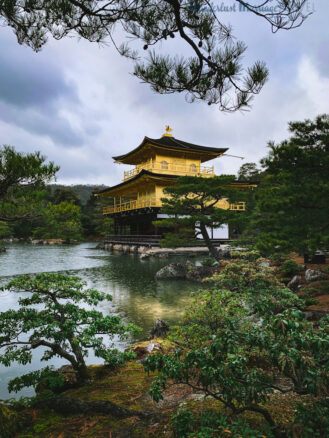
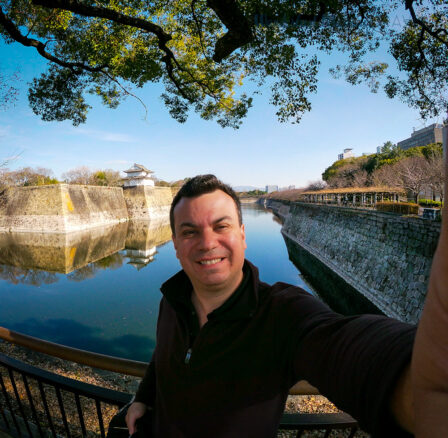
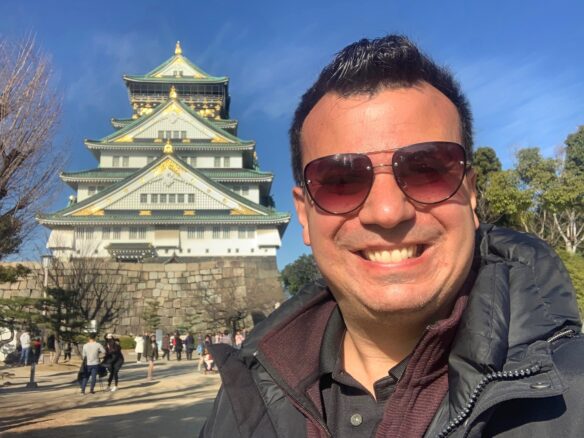
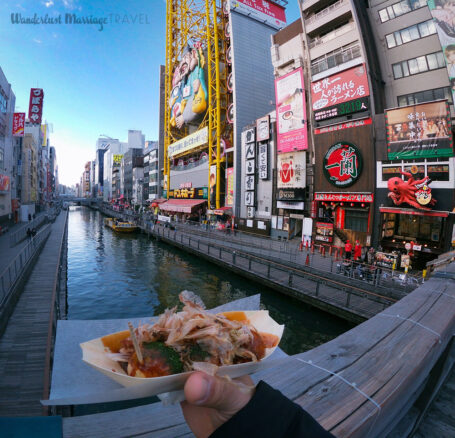
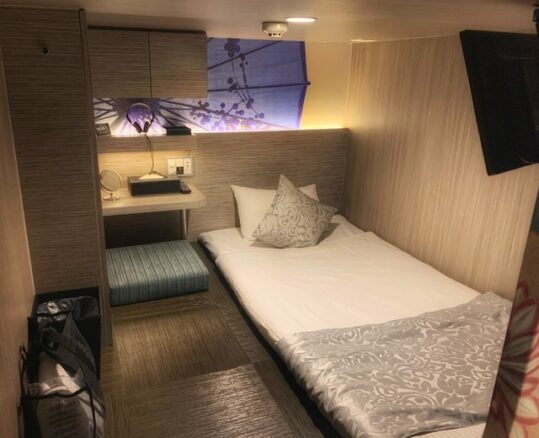
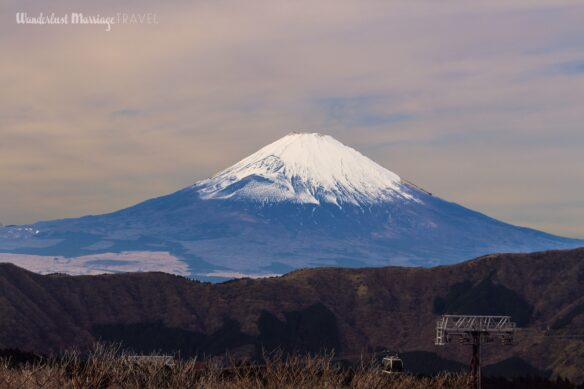
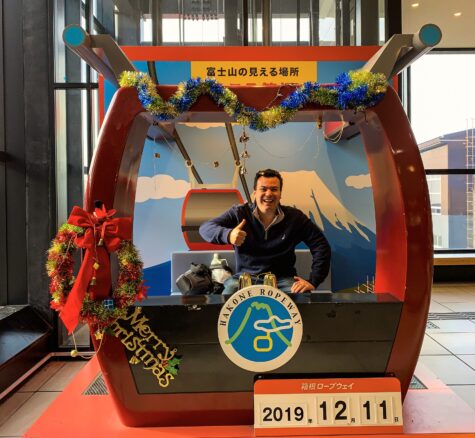
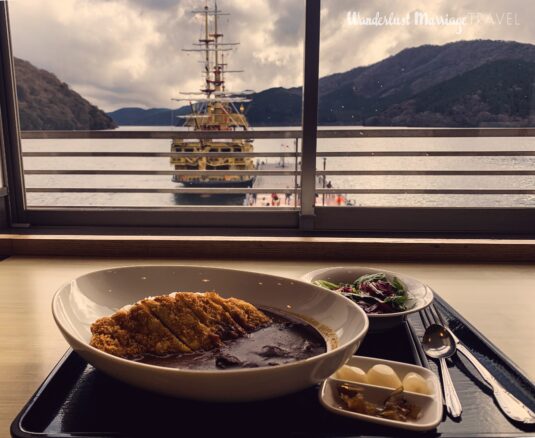
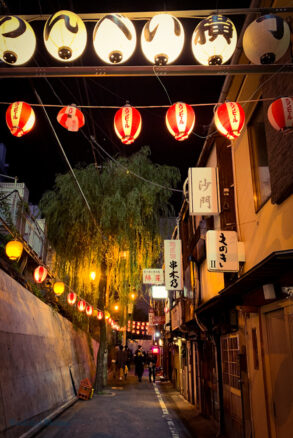
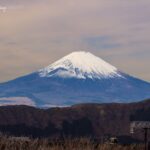

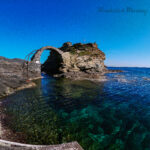
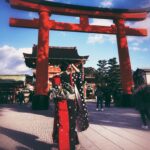

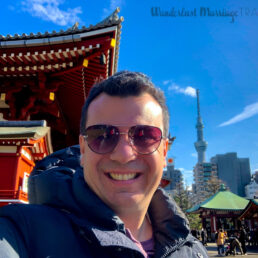 Does Solo Travel in Marriage Make You a Bad Spouse?
Does Solo Travel in Marriage Make You a Bad Spouse? 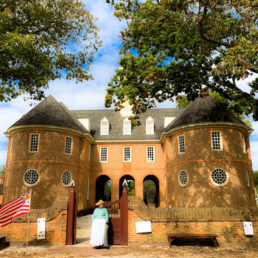 Great Virginia Weekend Getaway Ideas
Great Virginia Weekend Getaway Ideas
Such an amazing post please visit our blog it’s very informative Gay travel guides
Thanks, glad you found my article on planning a trip to Japan useful!
It’s very helpful thanks for sharing a great post Lgbtq
Thanks for sharing sample itineraries for Japan. My 3 adult sons are planning a 12 night visit from March 25-April 8, 2024 and as a retired teacher I am the planner. However, I was beginning to feel a little overwhelmed upon watch You Tube videos and reading blogs so I appreciated your article/ advice.
Hi Connie. Thank for your comment! So happy to hear you found this post helpful! I hope your 3 sons have an amazing trip to Japan and I’m sure they will. Wonderful that you’ve been planning their trip. Let me know if any questions arise. Happy travels!